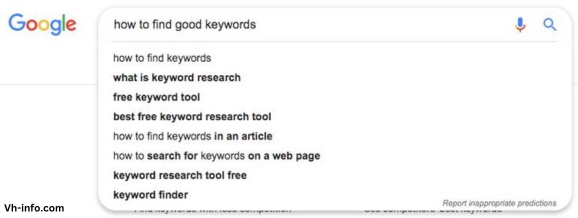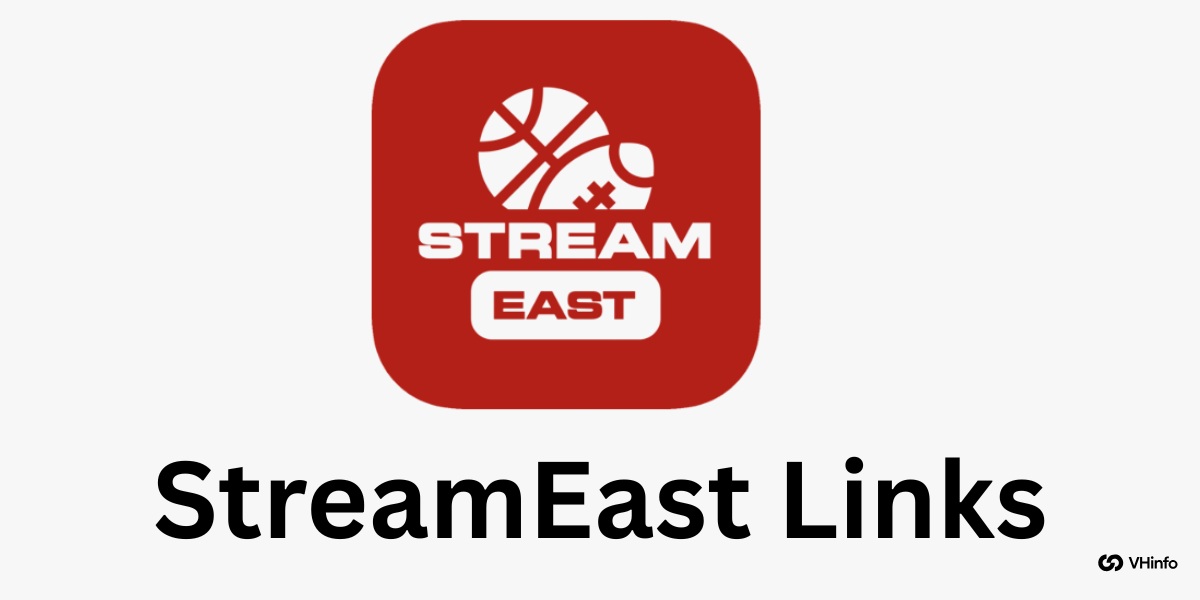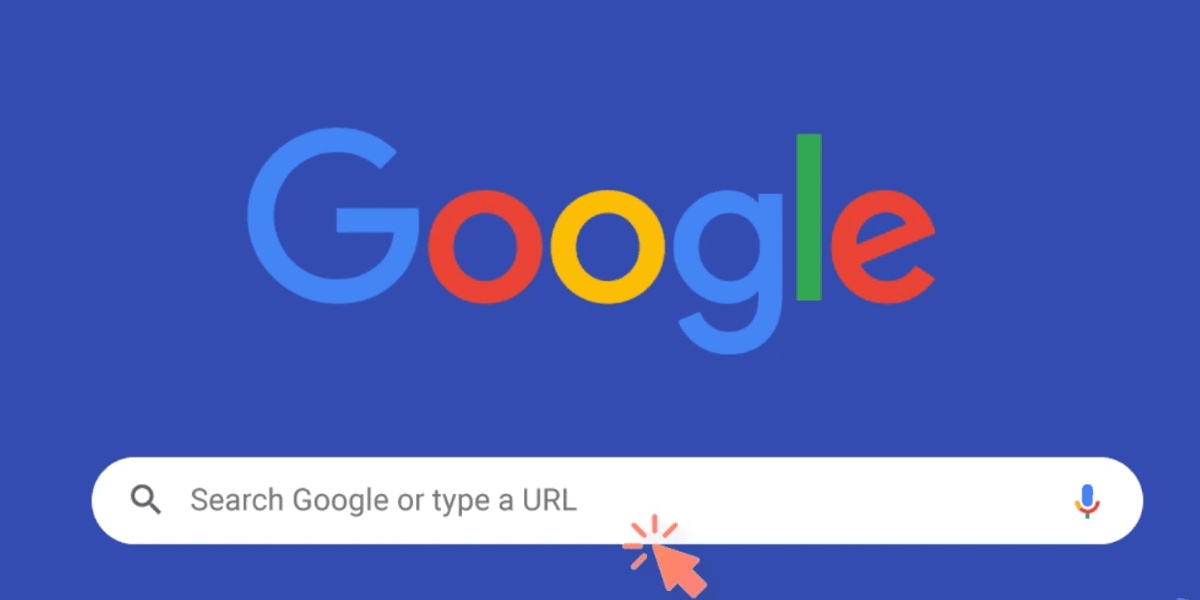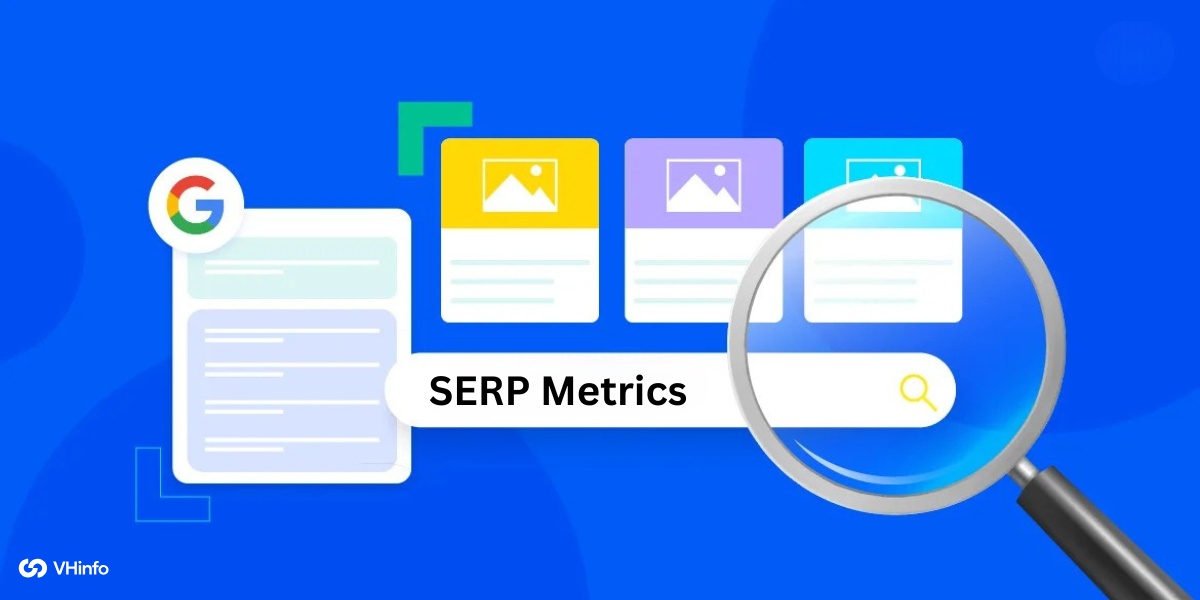Are you struggling to find the right keywords for your blog posts?
Do you find it challenging to organize your content around these keywords? If yes, then a keyword outline is what you need.
In this blog post, we will cover everything there is to know about keyword outlines. We will start by discussing what keywords are and their different types. Then we will move on to explain what a keyword outline is and how it can help boost your blog’s SEO rankings.
We will also provide step-by-step instructions on how to create a keyword outline, along with examples and templates that you can use.
Additionally, we will discuss the benefits and drawbacks of using a keyword outline, as well as whether it can be used for other types of writing. So let’s dive in and learn all about keyword outlines!
What Are Keywords?

Keywords are important words or phrases that describe the content of a website, document, or other piece of writing. Choosing the right keywords helps make your content more findable in search engines like Google. Keywords should be relevant to your topic and what users may search for.
Keywords are like the secret codes that help search engines like Google find your stuff. So, when you’re working on your SaaS company’s content, it’s crucial to pick the right keywords. That’s where VH-Info, the link-building agency, comes in. We help you by making sure your SaaS company’s website shows up when people are searching for things related to what you offer using backlinks. It’s like having a secret weapon for getting noticed on your keywords on the internet!
What Are Keyword Types?
The main types of keywords are
- Short-Tail Keywords
- Long-Tail Keywords
- Brand Keywords.
Short tail keywords are more general, broad terms.
Long tail keywords are more specific and targeted phrases.
Brand keywords include your company or product name. Using a mix of these types helps optimize content for search and relevance.
Types of Keyword on a Page Level:
There are two main types of keywords when we talk on a page level. The first are primary keywords. These are the most important words that describe the main focus of your content.
The second type is secondary keywords. These are extra words and phrases that also relate to your content but are less critical. Using both primary and secondary keywords helps make your content easy to find and understand.
What Is A Keyword Outline?

A keyword outline is a short list of the most important points, main ideas, and topics you want to cover in your blog post, speech or presentation.
It uses key words and phrases instead of full sentences to summarize the key points and flow of your content.
Creating this type of outline forces you to boil down your message to the essential ideas and keywords. It acts as a roadmap to stay on track and hit your main points during the speech. The keyword outline does not include all the details or actual words you will say.
It simply outlines the major ideas and topics in short form. This allows you to communicate the core message clearly and effectively to your audience (or to the writer as the case may be). A keyword outline is a useful tool for organizing your thoughts and delivering a focused speech or a blog post.
How Do I Find the Keywords?

To find strong keywords, first identify your core topics and main ideas. Brainstorm words and short phrases that summarize those key points. Focus on using nouns, verbs, and adjectives that get to the essence of each idea. Avoid filler words. Look for words your audience may search for related to your content. The most impactful keywords will be specific, relevant, and concise. Use these terms to build your keyword outline.
How Does A Keyword Outline Help?
A keyword outline helps organize your speech or presentation. It ensures you cover your main points and ideas. Using key terms rather than full sentences keeps the outline concise. This allows you to see the logical flow and progression of your content at a glance. Overall, a keyword outline provides focus, structure, and brevity when planning your message.
Why is Key Word Outlining so important?
Keyword outlining is important because it distills your speech down to the most essential ideas and terms. This forces you to clarify your main points and structure.
Using keywords instead of full sentences keeps the outline focused and concise. This allows you to logically organize your content and speaking points at a glance.
Overall, keyword outlining helps craft and deliver a clear, structured, and effective speech in your own words, while also ensuring accuracy by referring back to the original source.
How Do I Create A Keyword Outline?
To make a keyword outline:
- Write down the main points of your speech or presentation in sentences.
- Pick 3-5 important words for each main point.
- Arrange these keywords into a short and clear outline.
Keyword Outline Examples
Here are some examples of keyword outlines with actual topics:
Example 1:
- I. Causes of the American Civil War
- A. Economic disputes
- 1. Northern industrial economy vs Southern agrarian economy
- 2. Disagreements over tariffs and taxes
- B. States’ rights
- 1. Federal power vs states’ rights
- 2. Expansion of slavery into new territories
- A. Economic disputes
- II. Key Events of World War II
- A. Start of the War
- 1. Germany invades Poland in 1939
- 2. Battle of Britain in 1940
- B. Turning Points
- 1. Attack on Pearl Harbor in 1941
- 2. Battle of Midway in 1942
- 3. D-Day landings in 1944
- A. Start of the War
- III. Characteristics of Renaissance Art
- A. Realism/Humanism
- 1. Detailed portraits and landscapes
- 2. Focus on nature, human anatomy
- B. Perspective
- 1. Depth and dimension
- 2. Mathematical approach
- A. Realism/Humanism
Example 2:
- I. Introduction
- A. Definition of Healthy Morning Habits
- B. Importance of Starting the Day Right
- C. Overview of the Blog Post
- II. Benefits of Establishing Healthy Morning Habits
- A. Improved Physical Health
- 1. Increased Energy Levels
- 2. Boosted Metabolism
- B. Enhanced Mental Well-being
- 1. Reduced Stress and Anxiety
- 2. Improved Concentration
- A. Improved Physical Health
- III. Key Healthy Morning Habits
- A. Early Wake-Up Time
- 1. Benefits of Waking Up Early
- 2. Tips for Establishing an Early Morning Routine
- B. Hydration
- 1. Importance of Drinking Water in the Morning
- 2. Creative Ways to Stay Hydrated
- C. Nutritious Breakfast
- 1. Impact of a Healthy Breakfast on the Day
- 2. Quick and Nutritious Breakfast Ideas
- D. Physical Exercise
- 1. Benefits of Morning Exercise
- 2. Simple Morning Workouts
- A. Early Wake-Up Time
- IV. Incorporating Mindfulness into Your Morning
- A. Mindful Breathing
- 1. Techniques for Mindful Breathing
- 2. Connection to Mental Well-being
- B. Gratitude Practice
- 1. Expressing Gratitude in the Morning
- 2. Positive Effects on Outlook
- A. Mindful Breathing
- V. Overcoming Challenges
- A. Common Obstacles to Establishing Healthy Morning Habits
- 1. Lack of Time
- 2. Initial Discomfort
- B. Strategies for Overcoming Challenges
- 1. Gradual Changes
- 2. Accountability Partners
- A. Common Obstacles to Establishing Healthy Morning Habits
- VI. Conclusion
- A. Recap of the Importance of Healthy Morning Habits
- B. Encouragement for Readers to Start Implementing Changes
As you can see, the format helps the writer organize important subtopics, details, events, characteristics and examples under the key overarching topics. This provides a structured overview that can then be turned into paragraphs, blog post or a full essay.
This outline shows the key ideas for a speech about introducing a problem and suggesting a solution. It doesn’t have the exact words to say but gives the main points to talk about.
Keyword Outline Template
Here is a keyword outline template you can use:
- I. [First main topic
- A. [First subtopic
- 1. [First detail
- 2. [Second detail
- B. [Second subtopic
- A. [First subtopic
- II. [Second main topic
- A. [First subtopic
- B. [Second subtopic
- 1. [First detail
- 2. [Second detail
- III. [Third main topic
- A. [First subtopic
- 1. [First detail
- 2. [Second detail
- B. [Second subtopic
- 1. [First detail
- 2. [Second detail
- A. [First subtopic
To use it:
- Replace the bracketed text with your actual topics/subtopics/details
- Use the indentation and numbering to show the hierarchy of ideas
- Expand to as many levels of subtopics and details as needed
- Remove sections if you don’t need that many main topics
The outline format helps organize your ideas and seeing the label format (I, A, 1, etc.) allows you to quickly build out the structure. You can then use this organized information to write your full paper or essay.
Can I Use A Keyword Outline For Other Types Of Writing?
Yes, you can use a keyword outline for other types of writing besides speeches.
Here are some examples:
A keyword outline can provide quick structure and focus when planning any piece of writing. For essays or articles, it helps map out the main points to cover. In creative writing, it allows organizing plot points or sequencing key events.
Even for business writing, keyword outlines help define critical information to convey. The technique is flexible enough to outline prose, reports, stories, papers, letters, and more.
How Do I Revise My Keyword Outline?
Here are some tips for revising a keyword outline:
To revise a keyword outline, read through it to check logical flow from start to finish. Make sure your main points transition smoothly. Expand keywords with more detail if needed.
Condense bloated points into concise keywords. Adjust organization or sequence as necessary. Verify if the keywords selected are specific, accurate, and impactful.
Finally, read the outline aloud to catch gaps or awkward phrasing. Refining your keyword outline will strengthen its structure and clarity.
Are There Any Other Benefits To Using A Keyword Outline?
Here are a few additional benefits of using a keyword outline when writing:
- Helps ensure you cover all the main points and topics you want to discuss. The keyword outline acts as a checklist to make sure you don’t miss or forget anything important.
- Makes organizing and structuring your writing easier. The keywords and hierarchy of the outline provide a logical flow for your writing.
- Saves time. The keyword outline gives you a clear direction before you start drafting, so you don’t waste time writing aimlessly.
- Keeps you focused. Referring back to the outline keeps you on track and prevents you from going off on tangents.
- Serves as a reference. You can easily refer back to your outline while writing or editing to maintain consistency and check if you covered all the key points.
- Makes editing simpler. You can reorganize and revise your writing more efficiently by moving sections around in your outline first.
- Allows collaboration. An outline makes it easier for multiple people to work on and review a document together.
- Provides a basis for presentations. Your outline can form the basis for developing slides, notes, or speeches if you need to present your writing.
Are There Any Disadvantages To Using A Keyword Outline?
There are a few potential disadvantages or challenges to using a keyword outline:
- Rigidity. An outline can sometimes make writing feel too rigid or constraining if you focus too much on sticking to the exact outline order. Outlines require flexibility as ideas evolve.
- Time consuming initially. Creating a thorough, well-organized outline takes time upfront before you can start writing. However, it often saves time in the end.
- Difficulty balancing detail. Determining how much detail to include in the outline can be tricky. Too much can make it tedious; too little can make it vague.
- Not suited for all writing. Highly creative or narrative writing may not benefit as much from structured outlining. The outline could interrupt the creative flow.
- Can limit spontaneity. Strict outlining leaves less room for spontaneity or inspiration while writing the full draft. New ideas may not fit the outline.
- Creates writer’s block. Over-dependence on the outline as a starting point can inhibit some writers and result in writer’s block.
- Oversimplification. Reducing complex ideas down to short phrases or single words may oversimplify concepts. Nuance can be lost.
- Difficult to update. Updating a complex outline as your ideas change can be challenging compared to revising a draft.
Boost Your Content’s Strategic Optimization With Keyword Outlines
A keyword outline is a critical content optimization tool that summarizes the main topics and subtopics using key phrases instead of full sentences. This allows writers to strategically plan and structure content around target keywords, like types of positioning, to appeal to user search intent.
Keyword outlines help content align with specific SEO elements like marketing positioning and buyer persona differences between TOFU and BOFU.
For example, financial services content requires optimization for concepts like financial services marketing and segmentation strategies. The key foundations of strategic keyword outlining tie back to core marketing fundamentals like the 5 P’s of marketing and metrics like paid acquisition. This allows writers to optimize for search intent around narrow strategic approaches like focused differentiation.
Overall, keyword outlines enhance SEO content optimization by aligning writing with both user search intent and strategic marketing approaches like qualitative research.
FAQ’s:
How does a keyword outline differ from a traditional outline?
A keyword outline uses single words or short phrases to summarize each section, while a traditional outline uses full sentences. A keyword outline is less detailed but allows you to see the overall structure more clearly. A traditional outline provides more detail and elaboration on each section.
Are there any software programs that can help with creating a keyword outline?
Yes, programs like Microsoft Word, Scrivener, Inspiration Maps, OmniOutliner, and Workflowy can help create keyword outlines. Their interfaces let you easily arrange, reorganize, and view keyword points in an outline format instead of full sentences. This allows flexibility in structuring ideas.
How can using a keyword outline improve the organization and clarity of your writing?
Using a keyword outline makes writing, such as essays or research papers, more organized and clear. It helps you arrange your thoughts in a logical order before you start writing. When you use key terms to summarize sections, it aids comprehension and makes you think about the main points and how they connect. This comprehension makes a good foundation that you can later build on to create well-structured paragraphs. In the end, your writing, including research papers, will be clear, focused, and easy to understand.
What is keyword research, and how do you use keywords?
Keyword research is the process of identifying words and phrases that people type into search engines to find information online. It provides the critical keywords to target when creating content.
Here are some key ways to use keywords:
- Place relevant keywords in headlines, subheadings, image names, URLs, etc. This helps search engines understand the topic.
- Use keywords naturally in the body content as well. The content should provide useful information focused on the targeted terms.
- Include keywords in meta descriptions so search engines know what the page is about.
- Use keyword research to know which terms and topics to create content around. Tailor outlines and articles to the words people are searching for.
- Focus on long-tail keywords (more specific phrases) as well as short popular terms. This provides more value.
The goal is to align content closely to search intent through strategic keyword placement and valuable information for readers. The outcome is higher rankings and better engagement.
What do you use to create SEO content outlines?
To create SEO content outlines, you can use tools like MindMeister, Workflowy, or Google Docs.
Here are some tips to help you:
- Choose a target keyword: Make sure your topic connects with your SEO strategy.
- Add relevant keywords: Figure out what your target audience is searching for using keyword research. Use those words in your outline.
- Use secondary keywords: Include other important keywords, longer phrases, and related terms in your main points and subheadings.
- Use a conversational tone: Speak the way your audience talks. Use the words and phrases they use, which are also keywords.
- Use internal links: Connect different pages on your website. This helps your pages rank better in search engines.
- Optimize meta descriptions: Make sure your meta descriptions have keywords. Design them so people want to click and read more about your webpage.
- Use an AI text generator: Utilize AI tools to discover relevant keywords and include them in your content. This can enhance the effectiveness of your SEO strategy.
How can a keyword outline be used to improve writing efficiency?
When you use a keyword outline while writing, it helps you work faster. It gives you a clear plan with only the most important ideas, so you don’t have to worry about perfecting each sentence right away.
Instead of getting stuck on small details, you can quickly organize the main points and logic of your writing. After that, you can take those keywords and turn them into full paragraphs, making it easier to create a draft quickly.
Conclusion
In conclusion, a keyword outline is an essential tool for effective content creation and SEO optimization. It helps you understand the different types of keywords and their relevance to your target audience.
By using a keyword outline, you can strategically plan and structure your content to align with user search intent and improve your search engine rankings.
Creating a keyword outline allows you to identify gaps in your content and discover new keyword opportunities. It helps you organize your ideas and ensure that your content is comprehensive and well-optimized.
Additionally, a keyword outline can be used for various types of writing beyond blogs, including articles, website pages, and social media posts.
Overall, incorporating a keyword outline into your content creation process can greatly enhance your SEO efforts and drive more organic traffic to your website.
So, start implementing this powerful strategy and watch your online visibility and engagement flourish.



